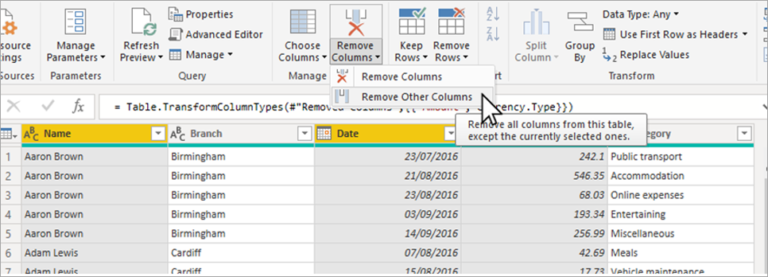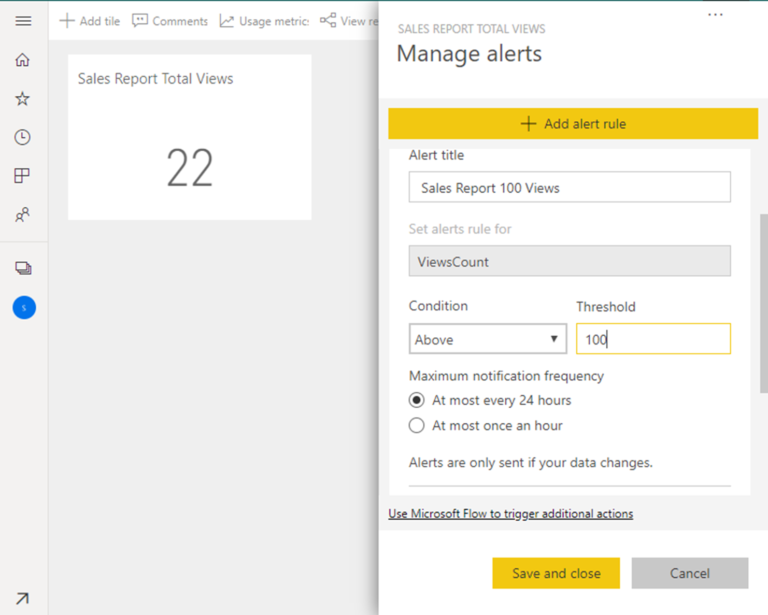SAP Business Warehouse Message Server
If you’re looking to connect to data sources from inside Power BI, you’ve likely encountered the Power Query M language. While Power BI offers a range of data connectors, it can be challenging to connect to some sources, such as the SAP Business Warehouse (BW) Message Server data source. However, with the right Power Query M language code, it’s possible to connect to this data source and start extracting insights.
Understanding the SAP Business Warehouse Message Server Data Source
Before we dive into the Power Query M language code, it’s worth taking a moment to understand the SAP Business Warehouse Message Server data source. This data source is typically used in conjunction with the SAP Business Warehouse system, which is a data warehousing and reporting solution.
The SAP Business Warehouse Message Server is responsible for managing communication between SAP systems, including the SAP NetWeaver Application Server. It’s designed to handle large volumes of data and is used by many organizations to store and manage their data.
Connecting to the SAP Business Warehouse Message Server Data Source from Inside Power BI
To connect to the SAP Business Warehouse Message Server data source from inside Power BI, you’ll need to use the Power Query M language. Specifically, you’ll need to use the SAP BW connector, which is available as part of the Power BI Desktop application.
To get started, open Power BI Desktop and click on the “Get Data” button. From the list of available data connectors, select “SAP BW” and click on “Connect.”
You’ll be prompted to enter your SAP system’s details, including the host, system number, and client ID. Once you’ve entered these details, click on “OK” to connect to the SAP Business Warehouse Message Server data source.
Writing the Power Query M Language Code
Now that you’re connected to the SAP Business Warehouse Message Server data source, it’s time to start extracting data. To do this, you’ll need to write the appropriate Power Query M language code.
Here’s an example of the code you’ll need to extract data from the SAP Business Warehouse Message Server data source:
let
Source = SAPBusinessWarehouse.Contents(“
#”
in
#”
In this code, you’ll need to replace the following placeholders:
– `
– `
– `
– `
Once you’ve entered these details, you can use this code to extract data from the SAP Business Warehouse Message Server data source. You can then use the Power BI tools to transform and analyze this data, and create compelling data visualizations.
Conclusion
Connecting to the SAP Business Warehouse Message Server data source from inside Power BI can be challenging, but with the right Power Query M language code, it’s possible to extract valuable insights. By following the steps outlined above, you can connect to this data source and start analyzing your data in Power BI.










